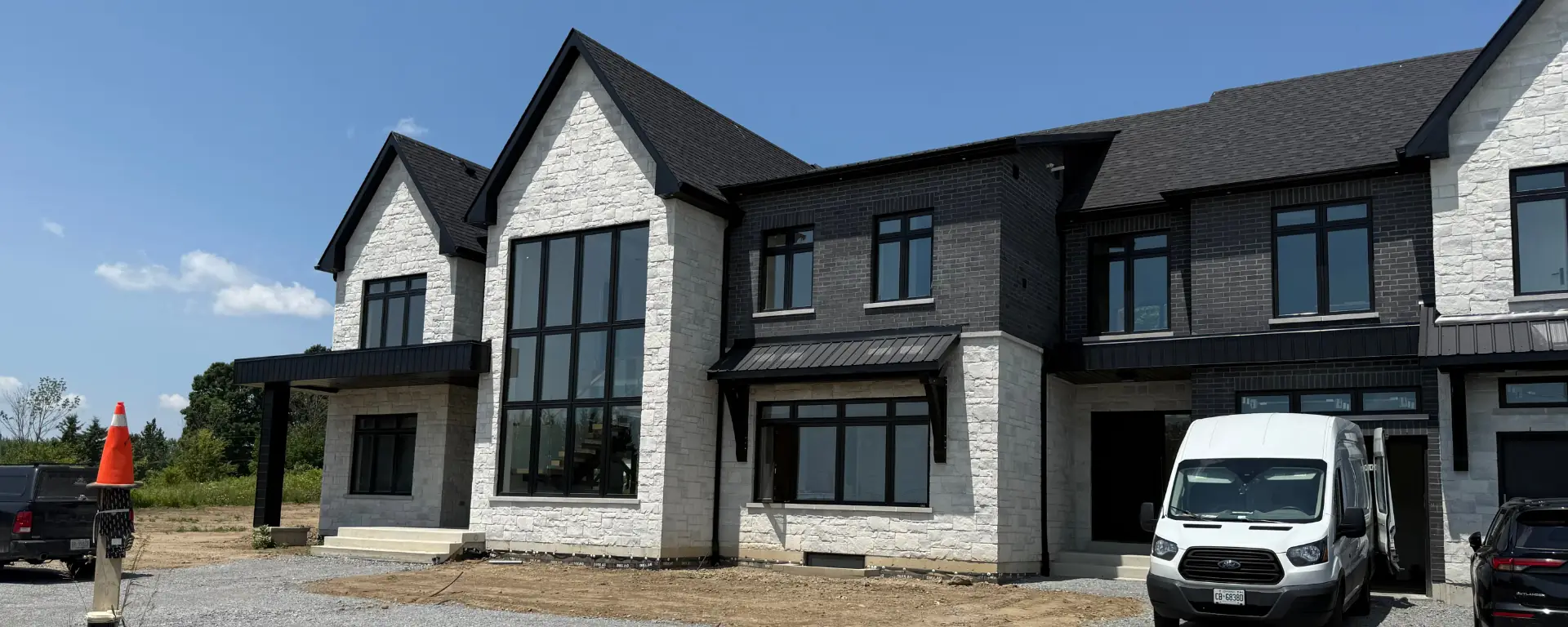
How to Match Paint with Architectural Style
Learn how to match paint with your home’s architectural style discover timeless color pairings that enhance character, balance design, and boost curb appeal.
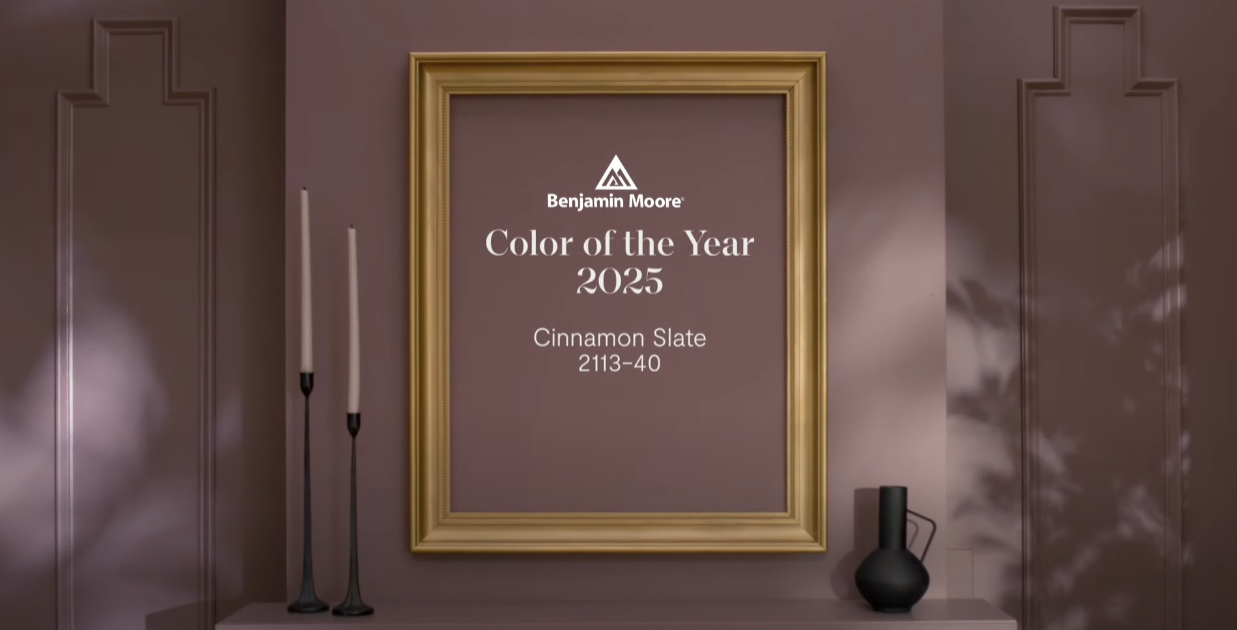
All Images Courtesy of Benjamin Moore
A warm blend of plum and brown, Cinnamon Slate creates stylish and cozy spaces. Every year, Benjamin Moore unveils a color that reflects the trends and moods of the time. For 2025, the chosen shade is Cinnamon Slate – a warm and inviting blend of plum and brown. This color is not just a shade; it’s a statement of elegance and comfort, perfect for creating stylish and cozy spaces in your home.
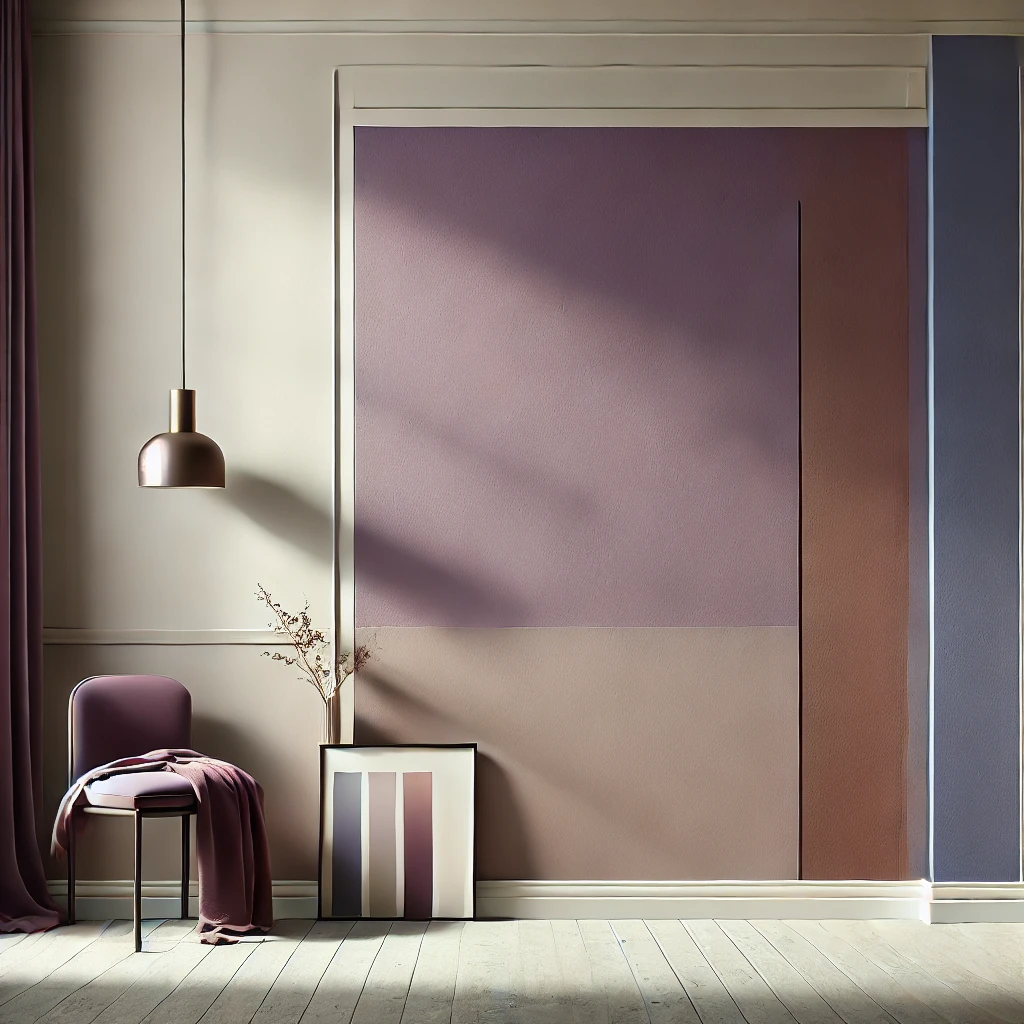
This color’s versatility makes it a great choice for various spaces and design styles. Here’s how you can use Cinnamon Slate to transform your interiors:
Cinnamon Slate adds a cozy, sophisticated vibe to living spaces. Use it as an accent wall paired with neutral tones like creamy whites or soft beiges. Add textured throws and wooden furniture to complete the warm, inviting look.
Create a serene and relaxing retreat by incorporating Cinnamon Slate into your bedroom. Paint all four walls for a cocooning effect or use it as a backdrop for your bed. Pair it with soft linens in shades of blush or ivory for a dreamy, layered look.
For a modern twist in the kitchen, apply Cinnamon Slate to cabinetry or a kitchen island. This rich hue pairs beautifully with gold hardware and natural wood finishes. For a balanced look, add pops of color with green plants or colorful dishware.
Cinnamon Slate works wonderfully in bathrooms, offering a spa-like feel. Use it on the walls or vanity, paired with sleek tiles in neutral tones. Add metallic accents for a touch of luxury.
Bring warmth and focus to your workspace by using Cinnamon Slate as a wall color. Pair it with minimalist furniture and muted tones to create an inspiring and calming environment.
Benjamin Moore’s 2025 Color Trends palette offers a range of complementary hues to elevate Cinnamon Slate:
Sea Salt CSP-95: A muted green that adds a refreshing contrast.
Leather Saddle Brown 2100-20: A rich brown that enhances the depth of Cinnamon Slate.
Tissue Pink 1163: A soft pink for a subtle, romantic touch.
Ashwood Moss 1484: A natural green that adds an earthy feel.
These colors work harmoniously, allowing you to create a cohesive design throughout your home.
The choice of Cinnamon Slate as the Color of the Year reflects a growing desire for spaces that feel comforting yet stylish. This shade bridges the gap between bold and neutral, making it adaptable to different tastes and preferences. Whether you’re looking to make a statement or create a calm, inviting space, Cinnamon Slate delivers.
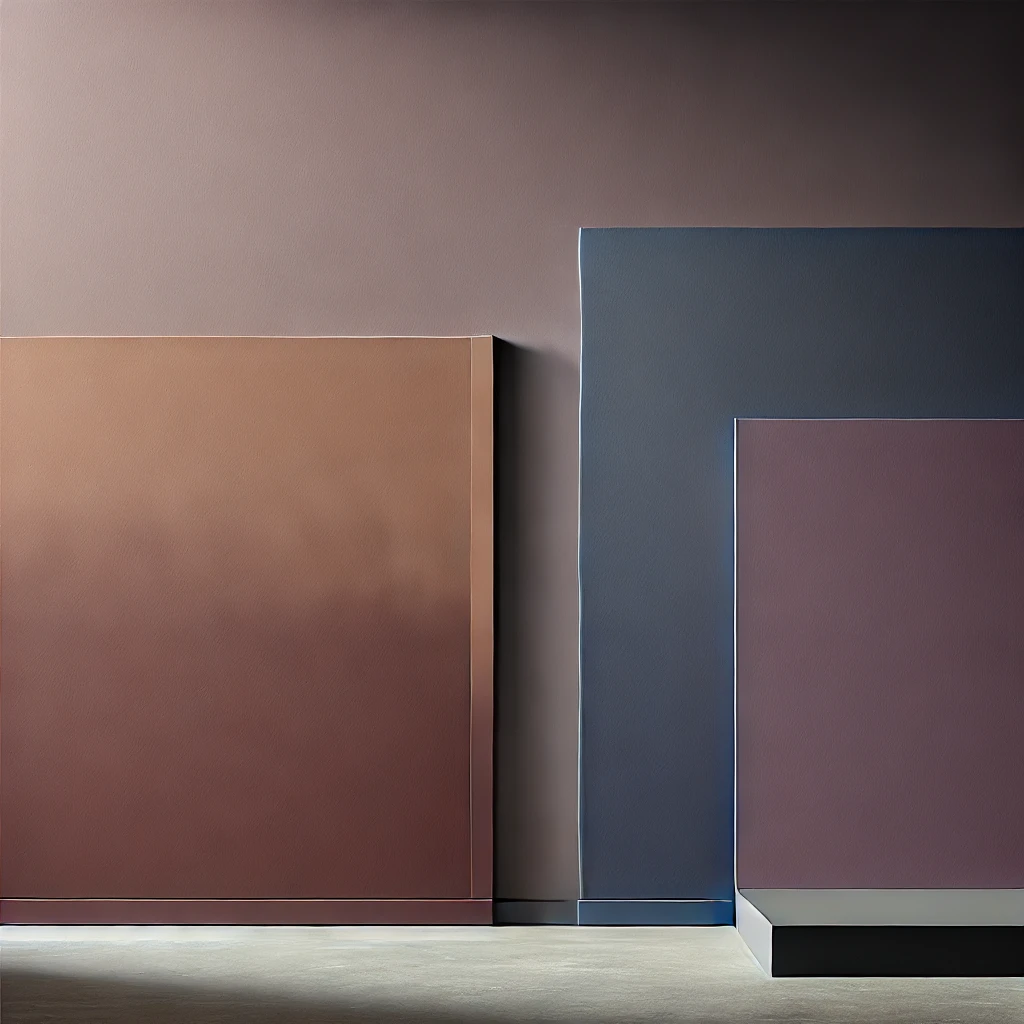
Benjamin Moore’s Color of the Year 2025, Cinnamon Slate, is a perfect blend of warmth and sophistication. Its versatility and timeless appeal make it a must-have for anyone looking to update their interiors. Whether it’s used as an accent or a primary colour, Cinnamon Slate brings a sense of elegance and comfort to every room.

Learn how to match paint with your home’s architectural style discover timeless color pairings that enhance character, balance design, and boost curb appeal.

2025 marks a new era of collaboration discover why strategic partnerships between trades are key to stability, growth, and smoother construction projects.
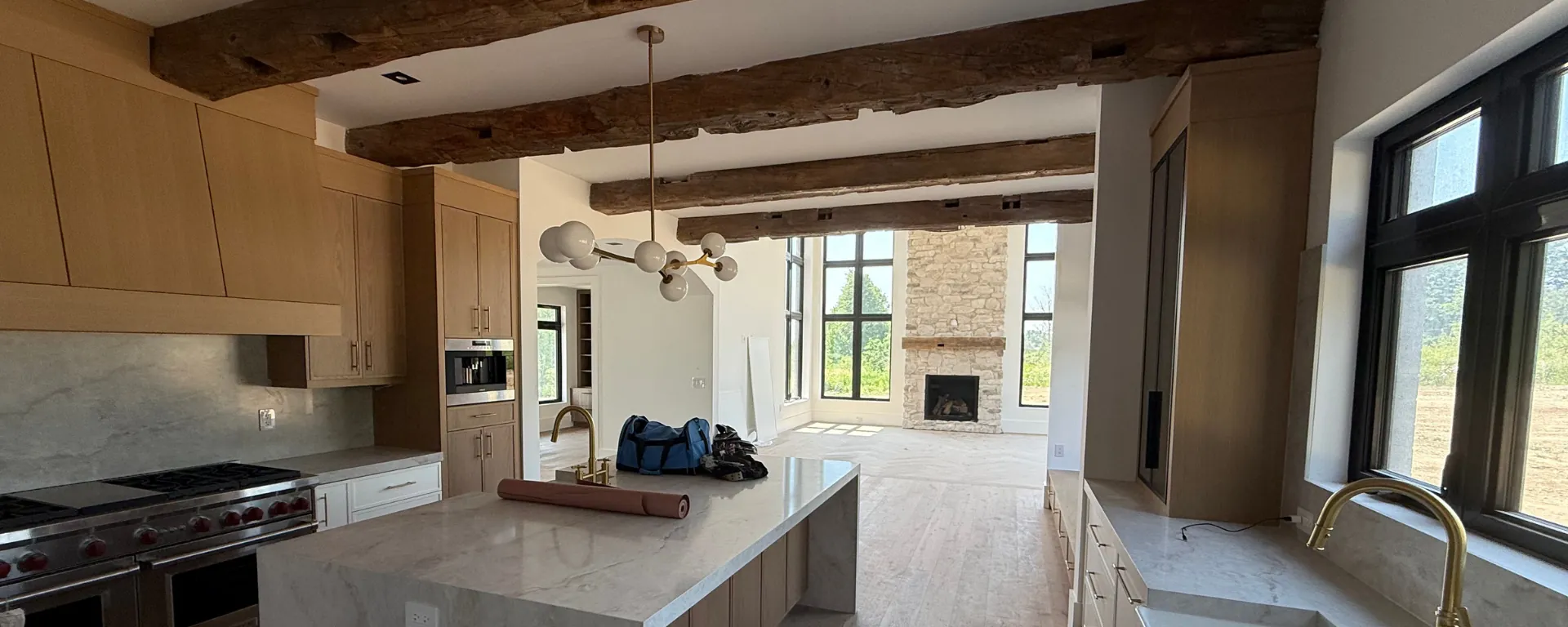
Learn how to spot early signs it’s time to repaint peeling, fading, cracks, and stains can signal wear. Keep your home fresh and protected with timely updates.

PPG sells its U.S. and Canadian architectural coatings business to American Industrial Partners, reshaping paint brands, pricing, and supply across North America.
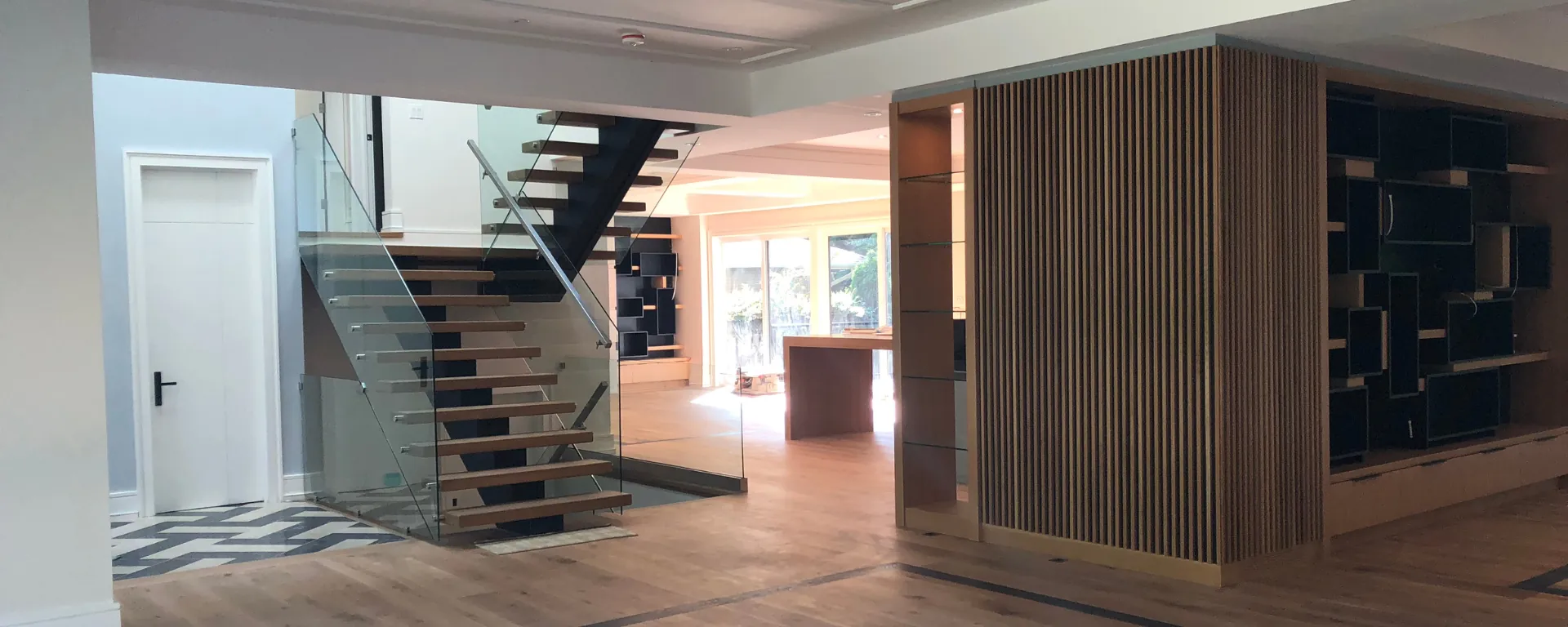
Master surface preparation before painting learn pro tips for cleaning, sanding, patching, and priming to achieve flawless, long-lasting paint results every time.
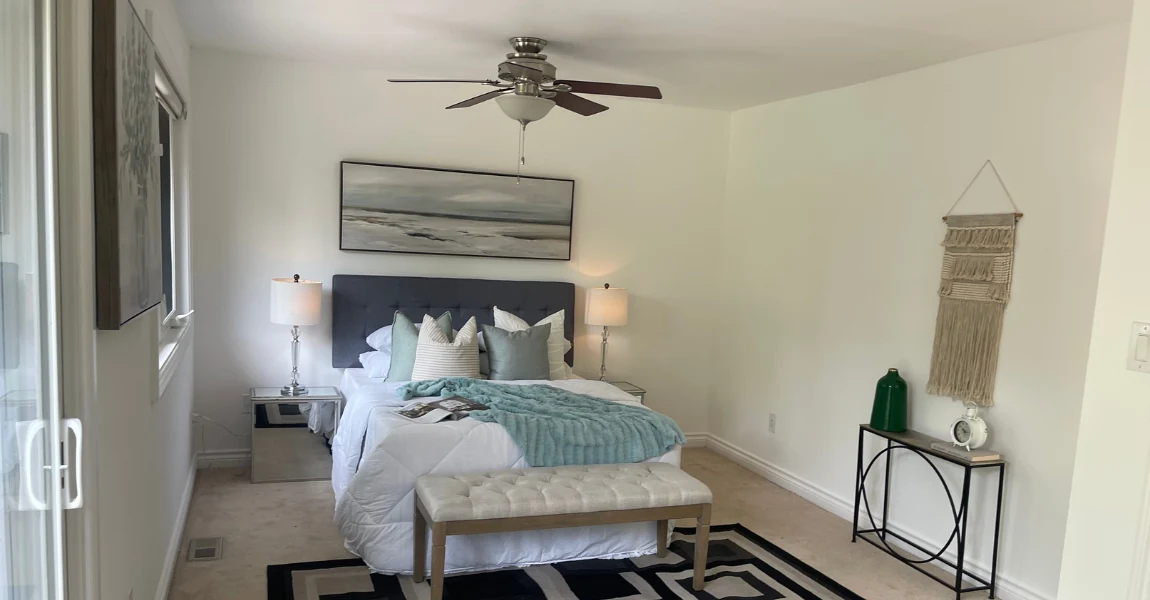
Discover how to calculate paint quantity accurately for any project save money, avoid waste, and ensure perfect coverage with these simple professional tips.
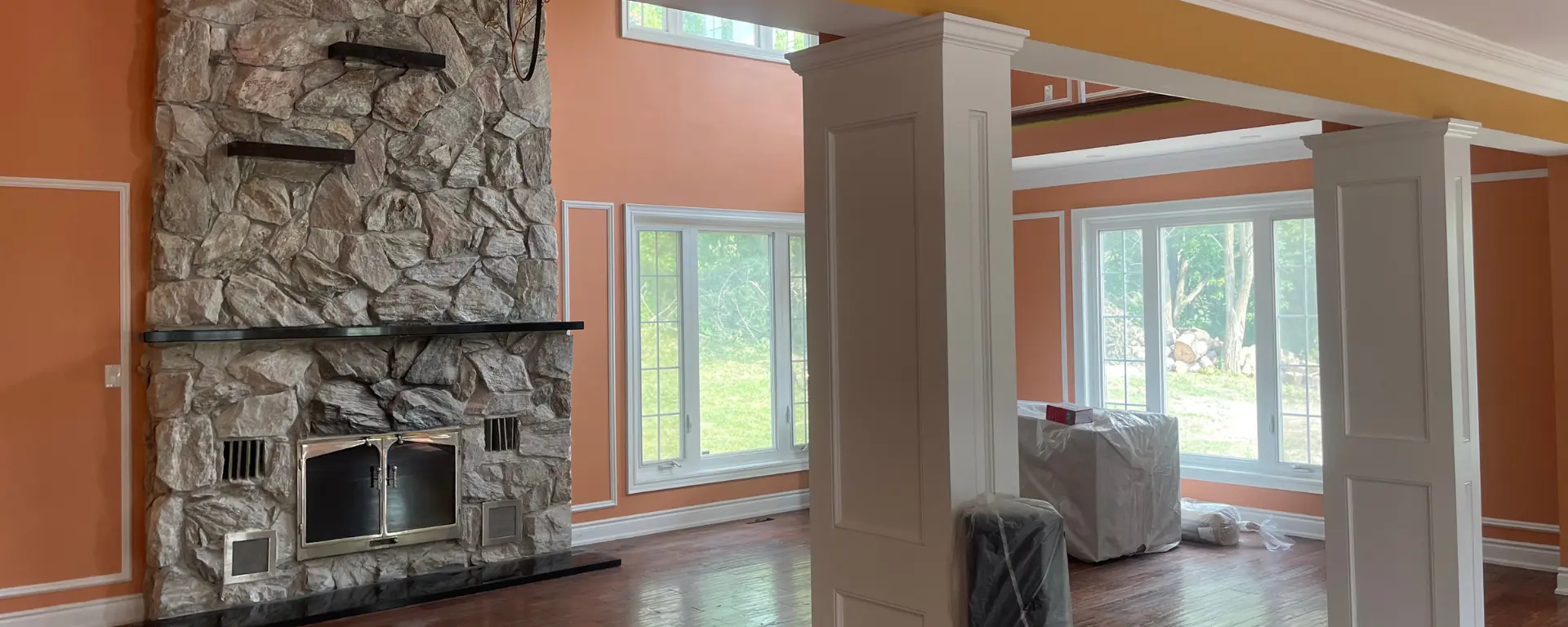
Discover creative ways to use bold colors in your space learn how to balance vibrant tones with neutrals to create depth, personality, and modern style.
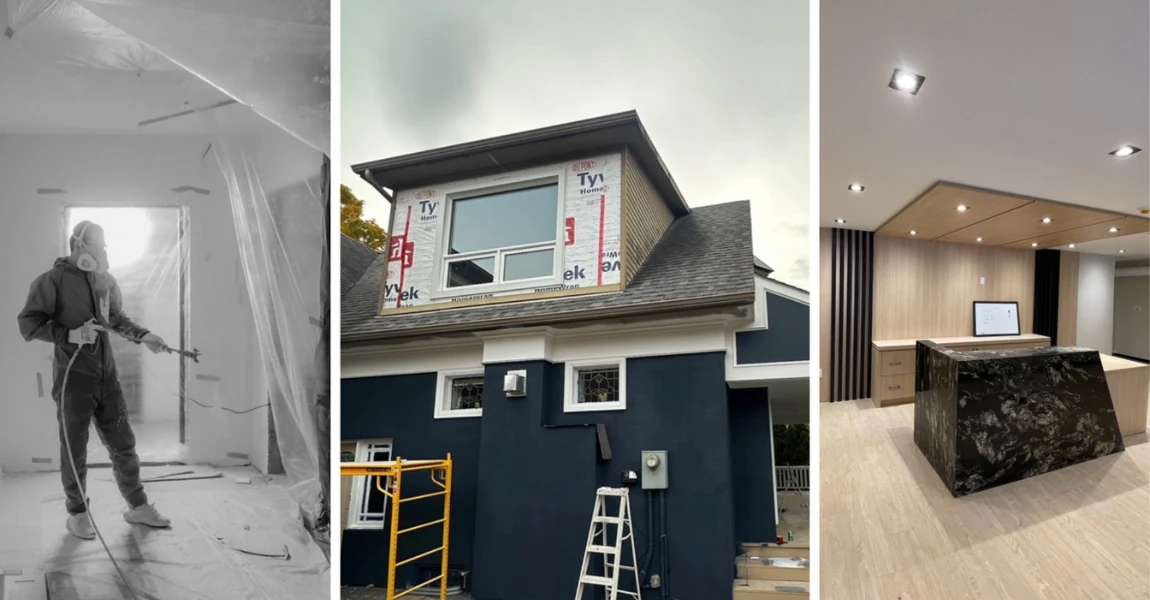
Sherwin-Williams’ revised 2025 profit forecast signals rising costs and shifting demand here’s how it impacts contractors, homeowners, and paint projects ahead.

Understand paint sheen differences learn how matte, eggshell, satin, semi-gloss, and gloss finishes affect look, durability, and the best spaces to use each.

Sherwin-Williams lowers its 2025 profit forecast amid soft demand what this means for paint prices, contractors, and the future of the coatings industry.
Fill out the form below and we’ll be in touch to discuss your painting needs, answer your questions, and provide a clear quote for your project.